For this year’s Giftmas blog tour has an advent theme each participant has donated a story — one each day between now and Christmas Eve, with a special surprise on Christmas Day. Not every participant has an active blog, however, and so for those couple who do not it is my pleasure to host them here. Cat Rambo has a blog, but today it is full of announcements about her end of the year sale at her writing academy. If you’re a writer, definitely check that out here –> http://www.kittywumpus.net/blog/about/ . So, anyway, since her blog is busy and my blog is not, I get the pleasure of sharing her story here 🙂
Before we get to the story, however, a quick word about the tour, if I may. The purpose of the blog tour is to fundraise for the Edmonton Food Bank. We do that by collecting donations through our Canada Helps page which you can find right here. We use Canada Helps because it’s easy, and also because then you can give with confidence knowing that the money is going exactly where it’s intended — to help struggling people. Also, by using Canada Helps it means Canadian contributors will be able to get a tax receipt. Oh, and American donors? You get some awesome value for your money because donations are all in Canadian dollars so the exchange rate will definitely work in our favour here
Finally, in addition to offering a story a day to everyone who’d like to read them, we like to reward those people who do what they can to help out. However they help out. Whether that be by making an actual donation, helping to boost our signal or just leaving encouraging comments on the stories themselves. They all help. So we’ve got a rafflecopter with tonnes of prizes. You can read the full list here but they include loads of books, critiques, a magazine subscription, dice and more.
Enter to win here:
(If the widget doesn’t load for you click here, it will take you to the page so you can enter directly)
And now, without further adieu…
Dark Shadows on the Earth
Cat Rambo
I loved Christmas lights till I knew better. Loved to look out my kitchen window, down the hill, and see the lights twinkling, sparkling, lines going off and on, leading the eye in complicated cuneiform, punctuated with glowing candles and the faces of luminous angels.
When the new guy first moved in, three years ago, that Christmas was downright subdued by the standards he’d come to set, but even then everyone said Gaudy in whispers or sometimes not whispers, conversations on the street or at the bus stop, in the grocery checkout while buying tasteful pine wreaths and poinsettias in red and white and marbled pink.
No one said anything that first year, but in October they started talking about nipping it in the bud, gathering conscripts for a delegation sent the Sunday before Thanksgiving to ask him to tone it down that season. Do something a little more in fitting with the overall atmosphere of the neighborhood.
No one expected someone so dedicated to Christmas cheer to meet them wearing a dilapidated Santa suit with Kevlar showing underneath split seams, bedraggled red velvet. He was hostile, he was obdurate. He shouted, “Atmosphere? Just wait till you’re breathing methane!” And then he laughed and laughed, just before he punched Mr. Takenada from 830 Park Avenue in the face.
He would not explain his ways, let alone change them.
I mentioned something about it to my brother-in-law Arturo in Denver, and he said, “There’s one in every neighborhood, isn’t there? We have one, moved in a couple of years ago, and you wouldn’t believethe problems we’ve had.”
Even then, see, the clues were there. How could I have been such a fool?
I don’t know, but I was — even when Willa at work mentioned her own homeowner’s association having problems.
I wasn’t the only stupid one. You would have thought that someone in a satellite would have noticed the overall patterns. The pictograms formed by the display locations. Even if no one could read them. Even if no one realized they said, Almost ready.
And so we the neighborhood didn’t grasp the larger picture. We took that year’s display as war, not realizing it was literal. He expanded the gnome village, had them all over his lawn and garden, each one carrying a lantern. There were choirs of angels perched on the roof, in the garden, everywhere, even a big golden one next to his mailbox. And five Santas, each in a different location, with herds of reindeer and elves capering around him. Christmas carols blaring whenever it was legally possible. And the lights, all night, bright and twinkling and illuminating his display and the dark shadows it cast on the snow.
This year we thought we were prepared. Takenada had figured out the power lines: exactly where to snip, long enough to get in close and do additional snipping. Cut those wires enough times that he’d take a thousand years to splice them all back, he cackled. Takenada has always been one to hold a grudge. It was a rainy season, and we didn’t even have snow yet, just rhododendrons with leaves curling against the cold and dry leaves scrabbling at the ground as the wind scraped them away.
Rudolph and all the other reindeer had a feral look to them, and the candles the angels were holding looked more like laser pistols. We waited until a half hour before the dark, when the lights would snap on. We figured that was the closest to dark we’d get.
His defense system was in full working order. The gnomes swiveled, the lanterns flickering to life. The angels on the roof peered down and revealed fanged smiles. The Santas let out ear-splitting whoops, a discordant version of Jingle Bells.
We pushed forward, not understanding until it was too late.
They landed when all the lights across the city came on and unleashed the hunting robots. All those other Christmas figures came to life and joined them. By then Takenada had gone down screaming when that big golden angel sliced his throat with a razor-edged wing tip. I barely got away with my life; I was in no shape to resist when a patrol of elves rounded me up with some other resisters.
Did they pick that scheme because they thought we’d be vulnerable, filled with love and the spirit of the season and therefore unable to understand the attack until it was too late? Or was there some special humiliation, a particular way to score points in some enigmatic alien game we had no chance of understanding, scoring points for despoiling our childhood loves and turning the holiday into horror?
I do not know. Nowadays we toil in their factories, under the eyes of wise men and security Santas. Walking home at night, I see the angels swooping overhead, watching us, their lasers in their hands. They glow, the angels, and as they move, they cast dark shadows on the earth, and the shadows make their horrible glow all the stronger.
Originally published at Every Day Fiction, December 30, 2015
Cat Rambo lives, writes, and teaches by the shores of an eagle-haunted lake in the Pacific Northwest. Her 150+ fiction publications include stories in Asimov’s, Clarkesworld Magazine, and Tor.com. Her short story, “Five Ways to Fall in Love on Planet Porcelain,” from her story collection Near + Far (Hydra House Books), was a 2012 Nebula nominee. Her editorship of Fantasy Magazine earned her a World Fantasy Award nomination in 2012 and her first novel, Beasts of Tabat, appeared in 2015. She is the current President of SFWA (the Science Fiction and Fantasy Writers of America). For more about her, as well as links to her fiction, see www.kittywumpus.net.


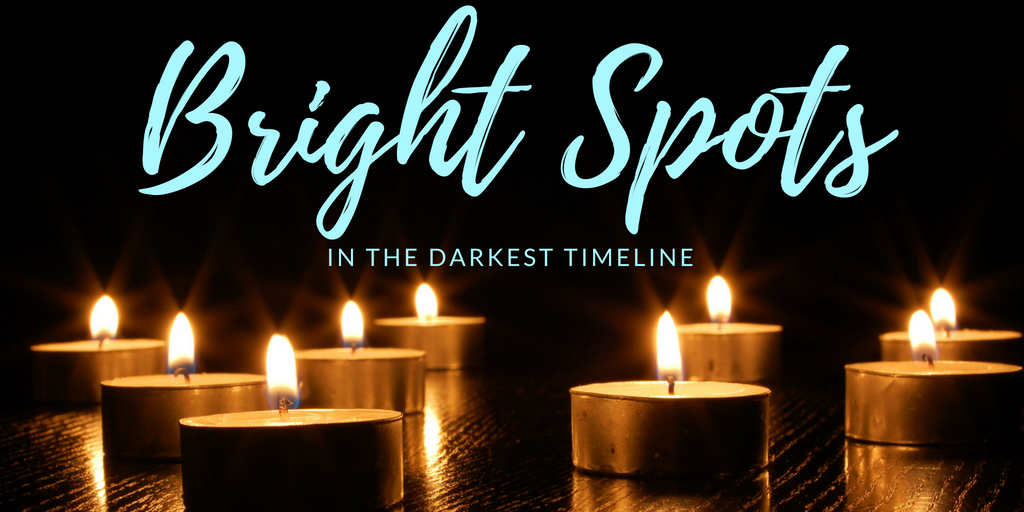
 Alison McBain was born in Alberta, grew up in California and received her B.A. in African history and classical literature at U.C. Santa Cruz. After her nomadic twenties, she settled in Fairfield, Connecticut, where she is raising three girls and her husband.
Alison McBain was born in Alberta, grew up in California and received her B.A. in African history and classical literature at U.C. Santa Cruz. After her nomadic twenties, she settled in Fairfield, Connecticut, where she is raising three girls and her husband.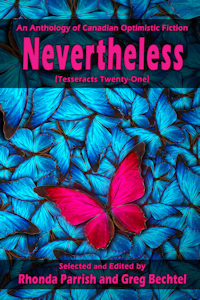
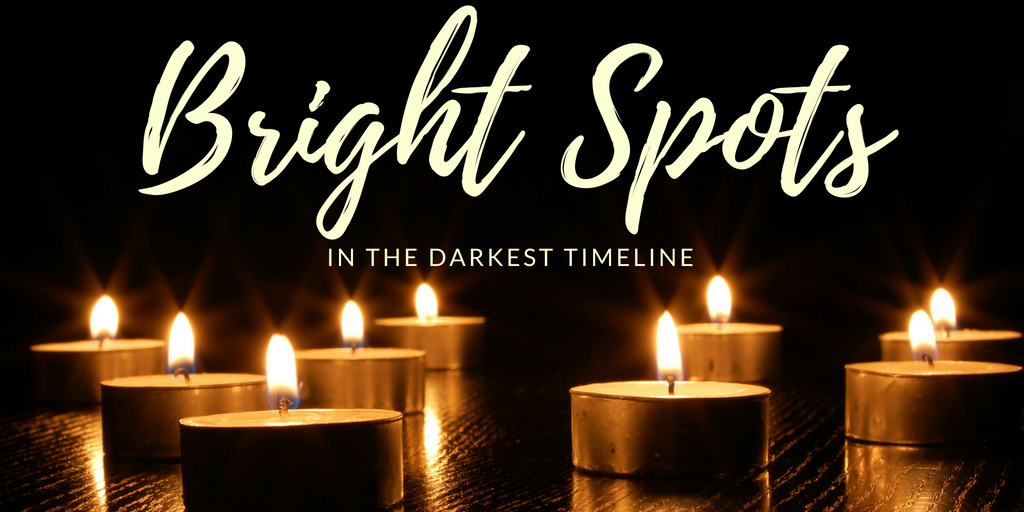
 Kate Heartfield is a former journalist in Ottawa, Canada. Her novel Armed in Her Fashion was published in spring 2018 by ChiZine Publications, and she has a time-travel novella, Alice Payne Arrives, coming in November 2018 from Tor.com Publishing.
Kate Heartfield is a former journalist in Ottawa, Canada. Her novel Armed in Her Fashion was published in spring 2018 by ChiZine Publications, and she has a time-travel novella, Alice Payne Arrives, coming in November 2018 from Tor.com Publishing.
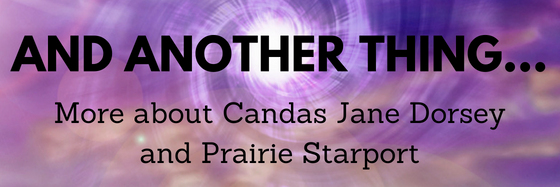







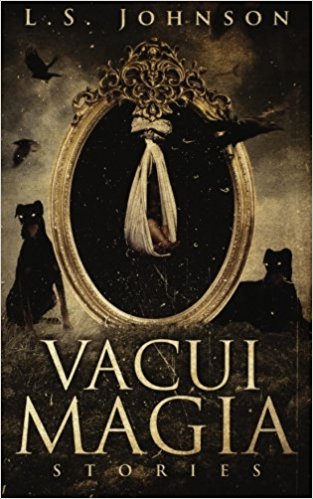

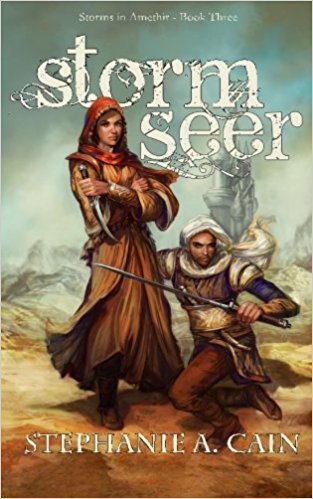



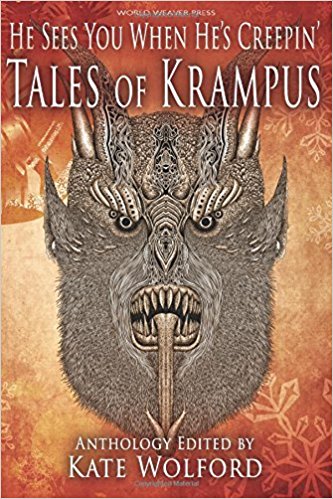








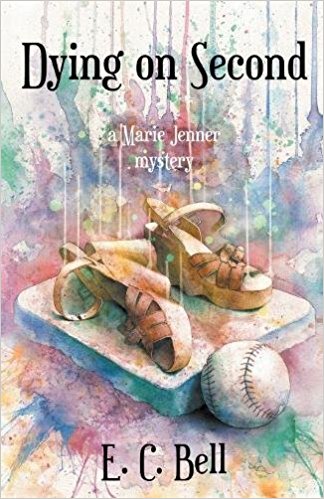



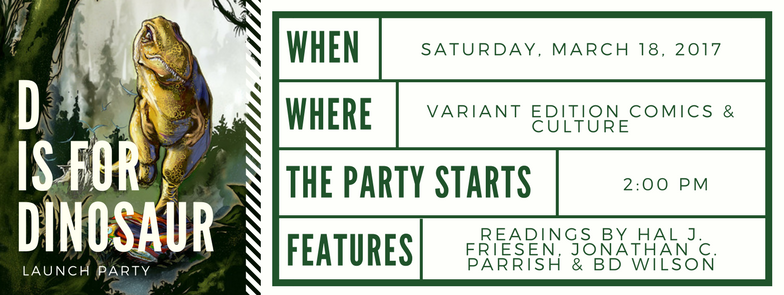
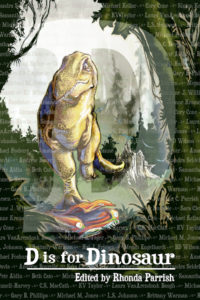

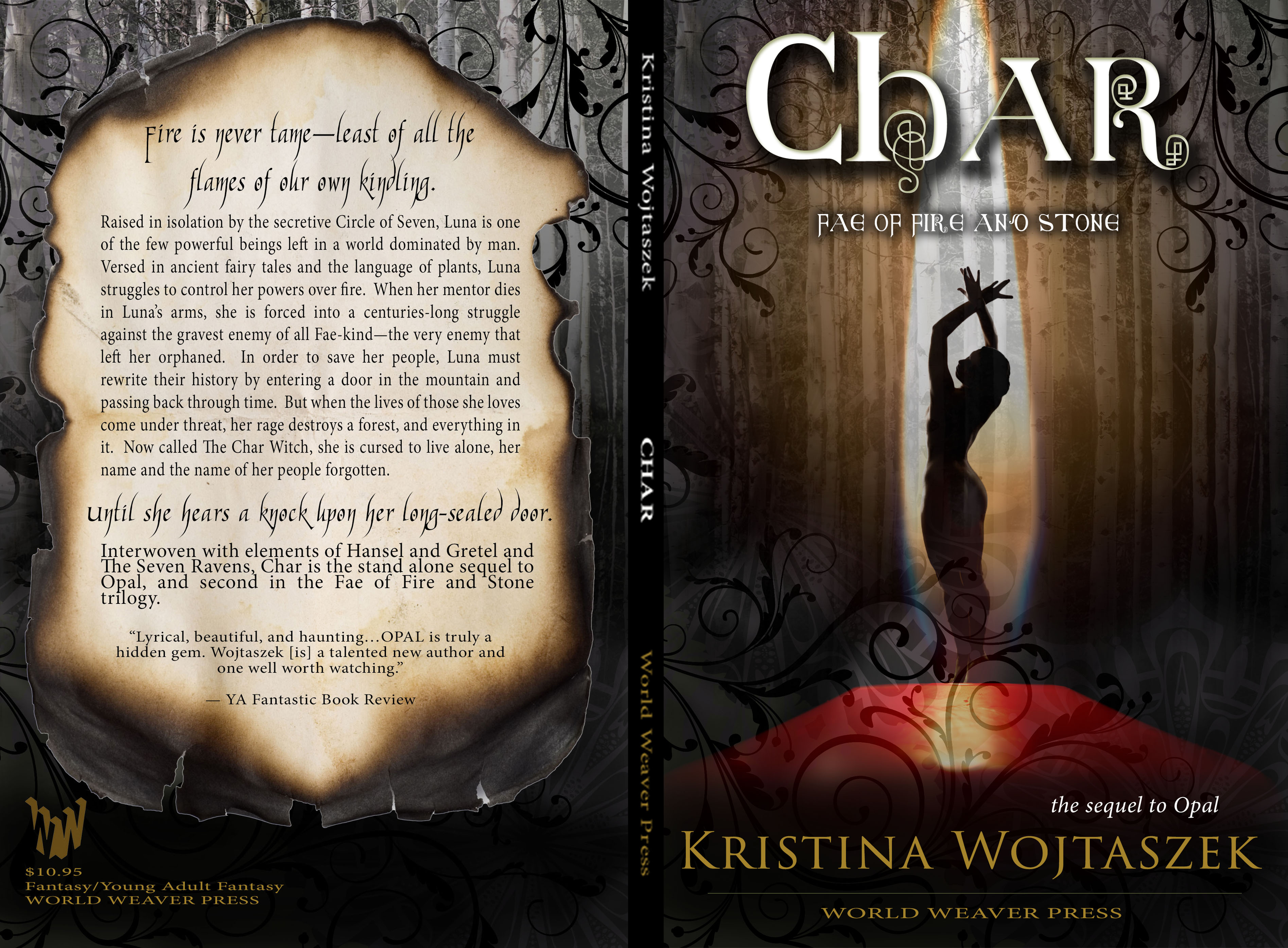
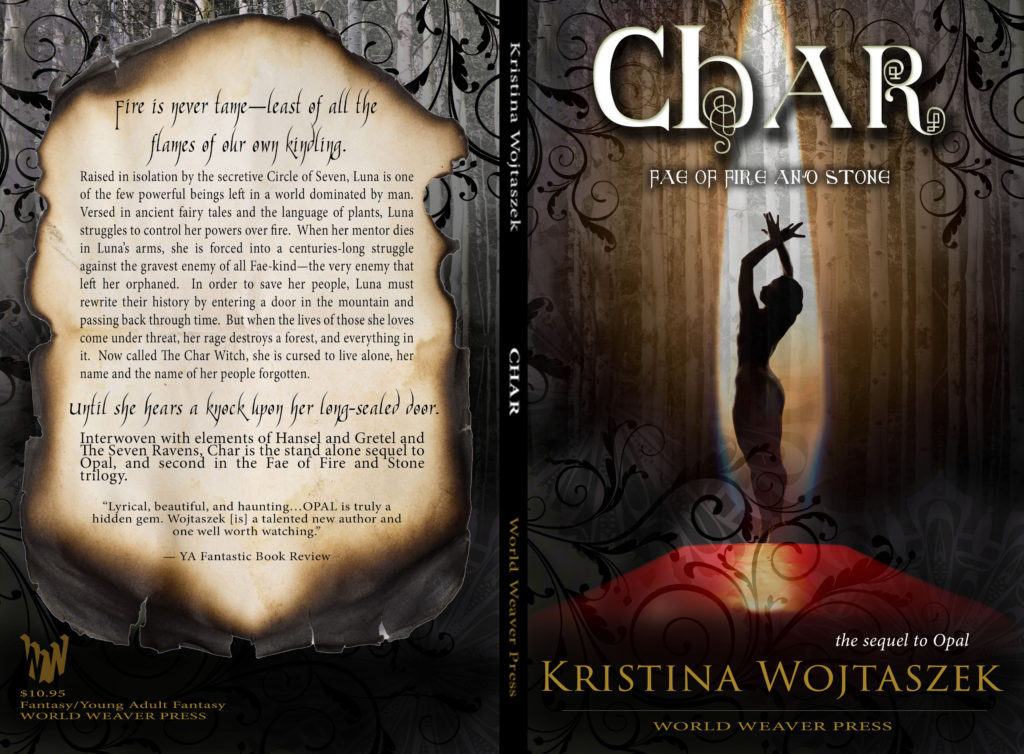



 Tabitha currently lives in Rhode Island, a few towns away from where she grew up. She is married, has four great kids, a spoiled Ragdoll cat, and lovable black lab. The house is noisy and the dinner table full! She holds a degree in Classics from College of the Holy Cross and taught Latin for years at a small, independent Waldorf school. She also worked in the admissions office there before turning her attention to full-time writing.
Tabitha currently lives in Rhode Island, a few towns away from where she grew up. She is married, has four great kids, a spoiled Ragdoll cat, and lovable black lab. The house is noisy and the dinner table full! She holds a degree in Classics from College of the Holy Cross and taught Latin for years at a small, independent Waldorf school. She also worked in the admissions office there before turning her attention to full-time writing.